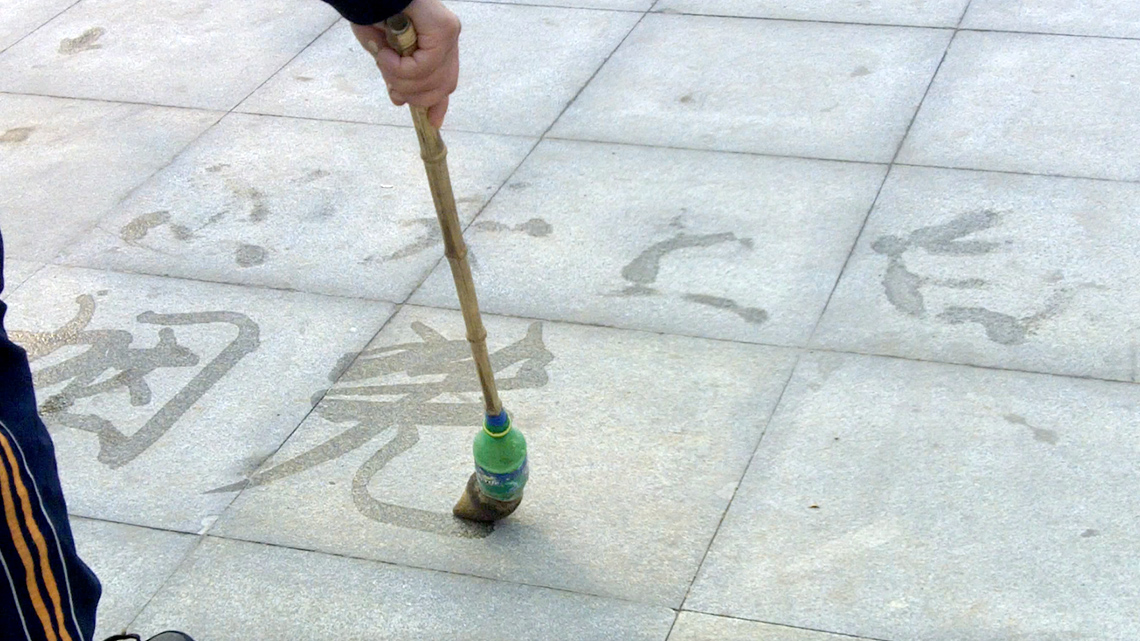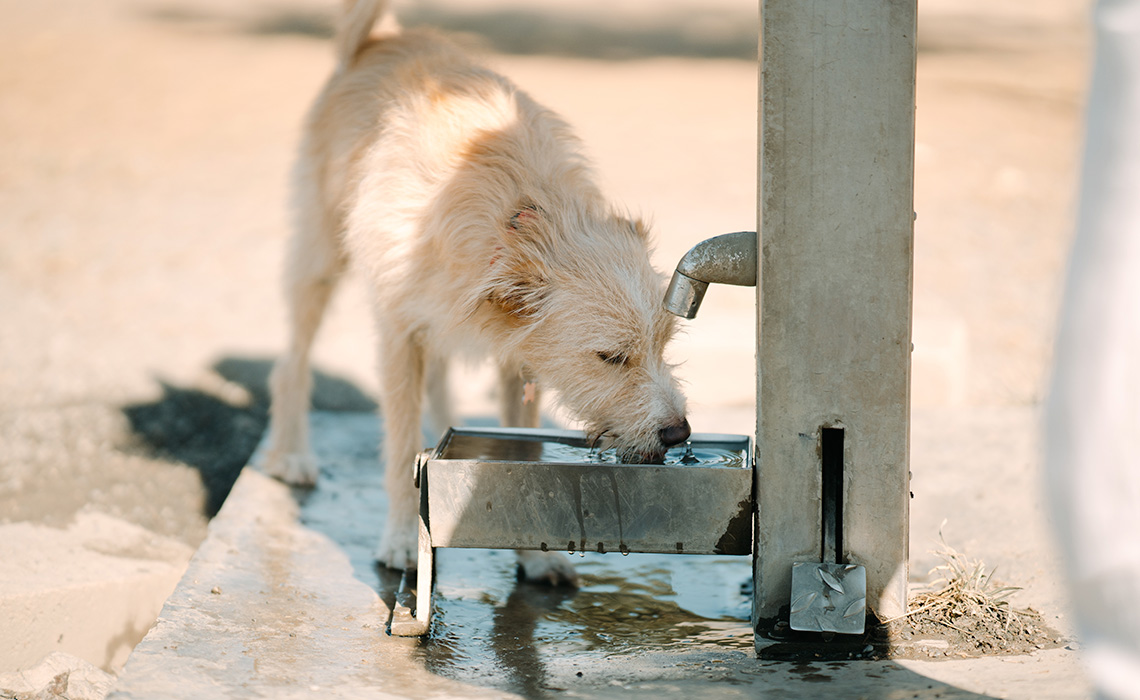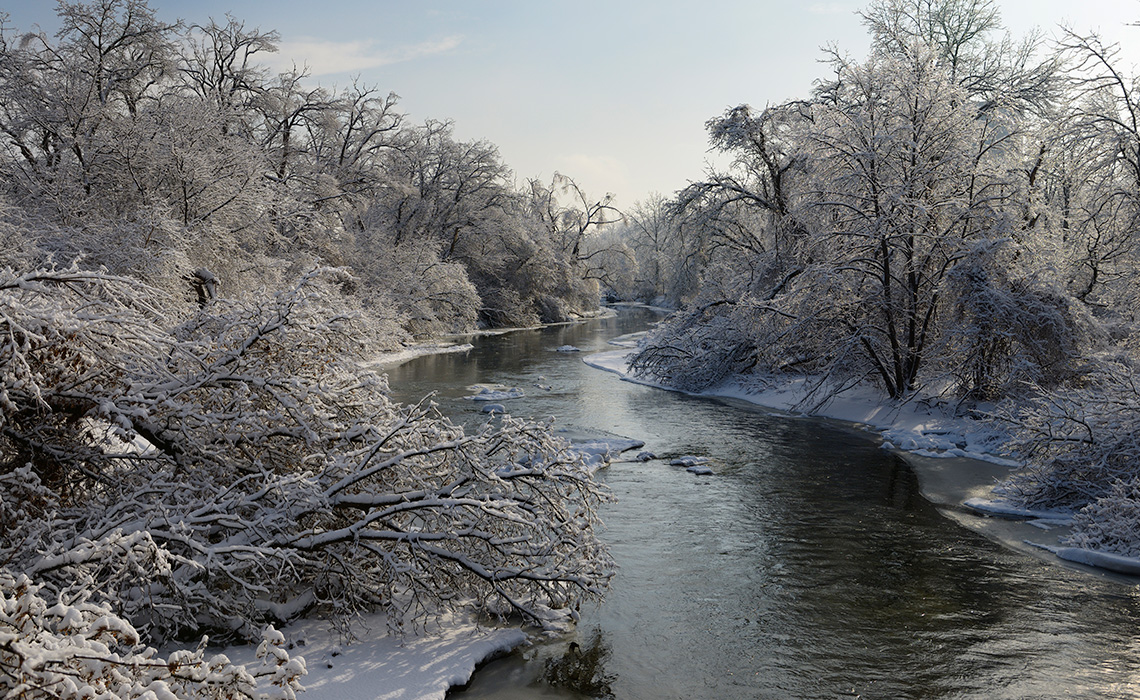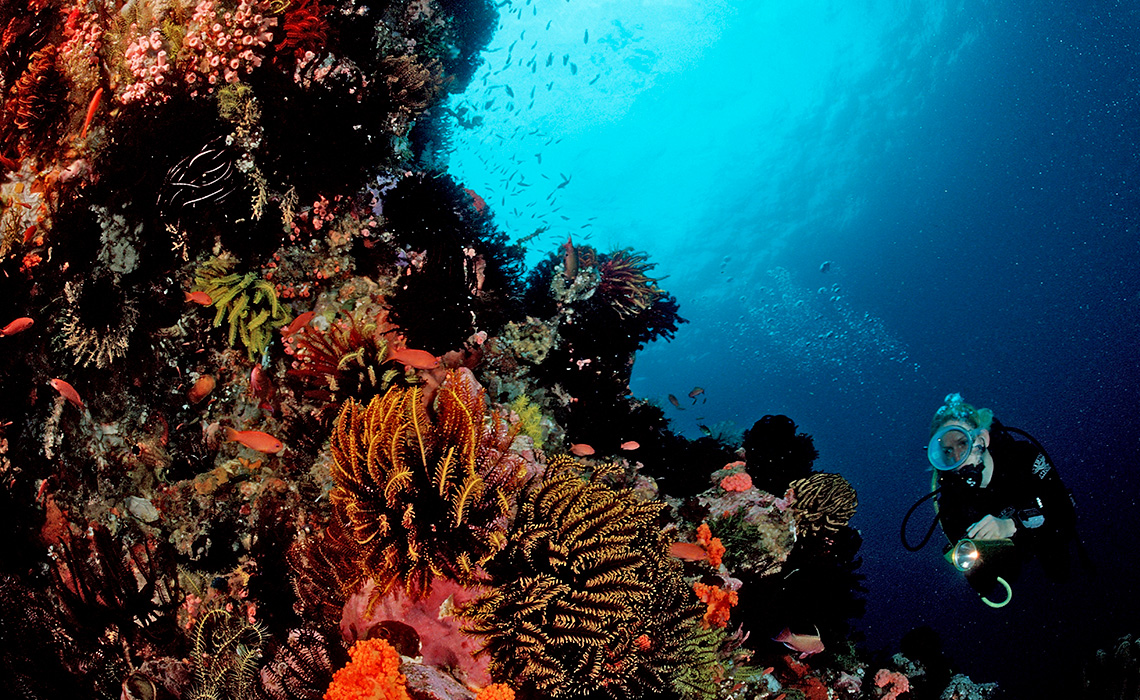Minds On
Where did it go?
Explore the following video and its description.
This person is writing Chinese calligraphy on the ground with water. This is known as Chinese water calligraphy or dishu.
Imagine if the calligrapher from the video returned to this spot the next day.
Press ‘Definition’ to access a definition of calligraphy and calligrapher.
Calligraphy is the art of special handwriting. Artists who create calligraphy are called calligraphers.
- Would the writing still be there?
- Does the water disappear? Where does it go?
Record your prediction digitally, orally, or on paper.
When making a prediction…
Action
States of water
Water is amazing!

Did You Know?
What are the forms of water?
Water can take many forms.
Water can be a liquid, but it can also be a solid, and a gas!
 Description
Description
Water has three states. It can be solid, liquid or gas. In a solid state, the particles can move but are all packed close together. In a liquid state, the particles move around and are more spread out. In a gas state, the particles move around more and are even more spread out.
On Earth, these changes are part of a water cycle.
The water cycle
On Earth, water changes from one state to another again and again. The state of water can change to become a solid, a liquid, or a gas.
Let’s explore the four main parts of the water cycle: evaporation, condensation, precipitation, and collection.
As you explore, consider how temperature can affect how water changes from state to state, including a solid, a liquid, or a gas.

A diagram of the water cycle. The four parts are evaporation, condensation, precipitation, and collection. Evaporation is labelled on a large body of water being heated up by the sun. As the liquid water gets hot, it changes state into water vapour and rises up into the clouds. Condensation is when the water vapour cools down and becomes clouds. Precipitation is when the clouds get too heavy and the water turns into rain and falls down to the earth. Collection is when the water becomes liquid and runs down into lakes and oceans. Then the water cycle starts again!
Pause and Reflect
Where does the water go?
Let’s return to the Chinese water calligraphy example in the Minds On.

Chinese water calligraphy
Consider what you have learned about the water cycle and let’s revisit the question:
If the calligrapher returned to the spot the next day, would the writing still be there?
Press ‘Answer’ to check out a possible answer.
The water would eventually evaporate, and the writing would disappear.
How long might the writing last?
Press ‘Possible Answer’ to find out more!
How long the writing lasts depends on:
- the temperature outside
- the amount of water
In the water cycle, the heat from the sun causes liquid and solid water to turn into or evaporate into water vapour (gas). This is why water often evaporates faster in the sun or on warmer days.
Smaller amounts of water also evaporate faster. So, it depends on how much water the writer uses for each stroke.
In the following image, there are three lines of writing. Lines 1 and 2 have already started to fade because the water is evaporating.

Chinese water calligraphy
Scenario time!
Examine the following image and description.
The calligrapher left their water bucket outside overnight. When they returned in the morning it was frozen!
- What do you think happened?
- Why did the water freeze (change from a liquid to a solid)?

Record your ideas digitally, orally, or on paper.
In the following Matching activity, choose the definition that best fits the word and image!
Consolidation
Putting it all together
A learner decided to hang their wet laundry outside to dry on a sunny day.
Identify the change(s) of state happening and describe what is happening to the water in the clothing.
Press ‘Guiding Idea’ to access a hint!
Consider the different states of water: liquid, solid, and water vapour (gas).
 Description
Description
Water has three states. It can be solid, liquid or gas. In a solid state, the particles can move but are all packed close together. In a liquid state, the particles move around and are more spread out. In a gas state, the particles move around more and are even more spread out.
Record your ideas digitally, orally, or on paper.
You may also use the following fillable and printable Changing States document provided.
Changing States: Where did the water go? |
|||
|---|---|---|---|
Scenario: |
A person decided to hang their wet laundry outside to dry on a sunny day. |
||

Water is dripping from the clothing. |

The sun is shining down on the clothing. |

Once the clothes are dry, the laundry is collected from the clothesline. |
|
Identify the state of the water. |
solid liquid water vapour (gas) |
solid liquid water vapour (gas) |
solid liquid water vapour (gas) |
Describe what is happening to the water in the clothing. |
|||
Press the ‘Activity’ button to access the Changing States.
Reflection
How do you feel about what you have learned in this activity? Which of the next four sentences best matches how you are feeling about your learning? Press the button that is beside this sentence.
I feel…
Now, record your ideas about your feelings using a voice recorder, speech-to-text, or writing tool.





